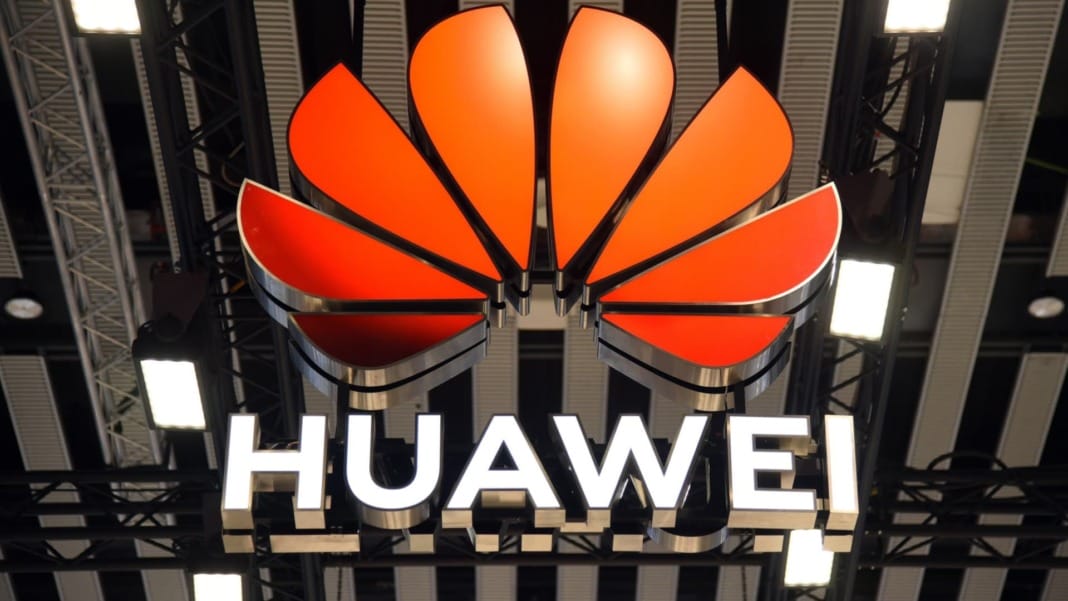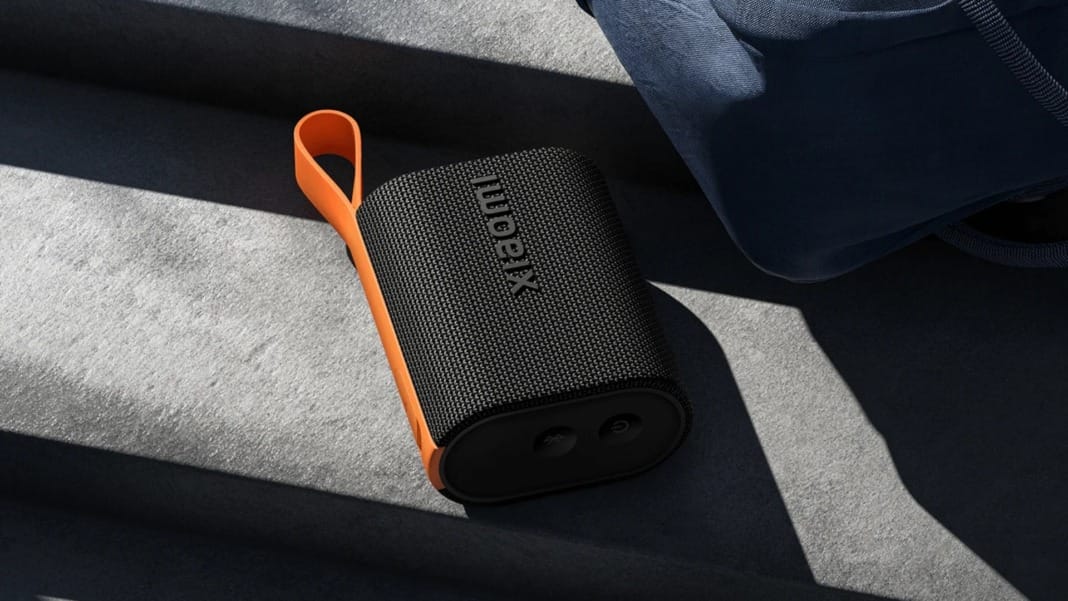Huawei has spoken out to defend its latest open-source AI model, insisting it was built from scratch, after whistleblowers raised concerns that it may have used work from other developers.
Huawei pushes back against claims of borrowed code
If you’ve been keeping an eye on China’s artificial intelligence scene, you’ll know that Huawei is a major player. But its credibility has been questioned after claims that its latest AI model might not be entirely its work.
Huawei’s Noah’s Ark Lab, the division in charge of its large language models (LLMs), recently released the Pangu Pro MoE 72B – a powerful open-source model trained on Huawei’s own Ascend AI chips. The company described the model as “indigenous” and “developed entirely in-house.”
However, on July 5, an anonymous account known as HonestAGI on GitHub claimed the model had “extraordinary correlation” with Qwen-2.5 14B, a rival model created by Alibaba. This sparked a storm of speculation and concern among developers in the open-source community.
Huawei was quick to respond. In a statement released on July 6, the company stated that the Pangu Pro MoE was not the result of incremental training based on third-party models. The lab admitted that some open-source code was used, but insisted this had been done within the terms of the open-source licences. It also pointed out that all such inclusions were clearly labelled.
Despite this, the issue didn’t go away. A day later, someone claiming to be a Huawei employee posted a detailed article on GitHub. In it, they alleged that the new model had been built on top of external models because Huawei was desperate to compete with newer AI leaders, such as DeepSeek. Huawei declined to comment on the post, and the author didn’t respond to questions from reporters.
Rising pressure in China’s AI race
The timing of this controversy isn’t surprising. China’s tech firms are locked in fierce competition to build advanced foundational AI models, and the pressure to keep up is intense. Since Hangzhou-based DeepSeek launched its R1 model in January 2025, it has caused a buzz in the industry and drawn attention away from older players.
In just one year, more than 200 AI models had entered the Chinese market. But with such a crowded field, many start-ups have already bowed out, including o1.AI. Now, only a handful of major players are dominating the space: Alibaba, ByteDance, Tencent, and DeepSeek are leading the charge. Meanwhile, companies like Baidu, Zhipu AI and MiniMax continue to develop their systems.
Huawei, already known as a symbol of China’s resilience against US sanctions, has been eager to prove that it can compete effectively in the AI race without relying on Western technology.
The role of Noah’s Ark Lab
Noah’s Ark Lab has been at the heart of Huawei’s AI efforts. Founded in 2012, the lab specialises in AI, data mining, and other advanced technologies. It has offices in Shenzhen, Hong Kong, and Shanghai. According to its website, its main research areas include computer vision, natural language processing, and search and recommendation systems.
In March 2025, Wang Yunhe was appointed to lead the lab, replacing long-time head Yao Jun. The leadership change occurred just before the release of Pangu Pro MoE, demonstrating Huawei’s commitment to advancing AI innovation.
But now, the lab’s reputation – and by extension Huawei’s – is under the microscope. If the claims turn out to be true, it could deal a serious blow to Huawei’s standing in the AI community. For now, the company maintains that its model is original and fully developed in-house.





